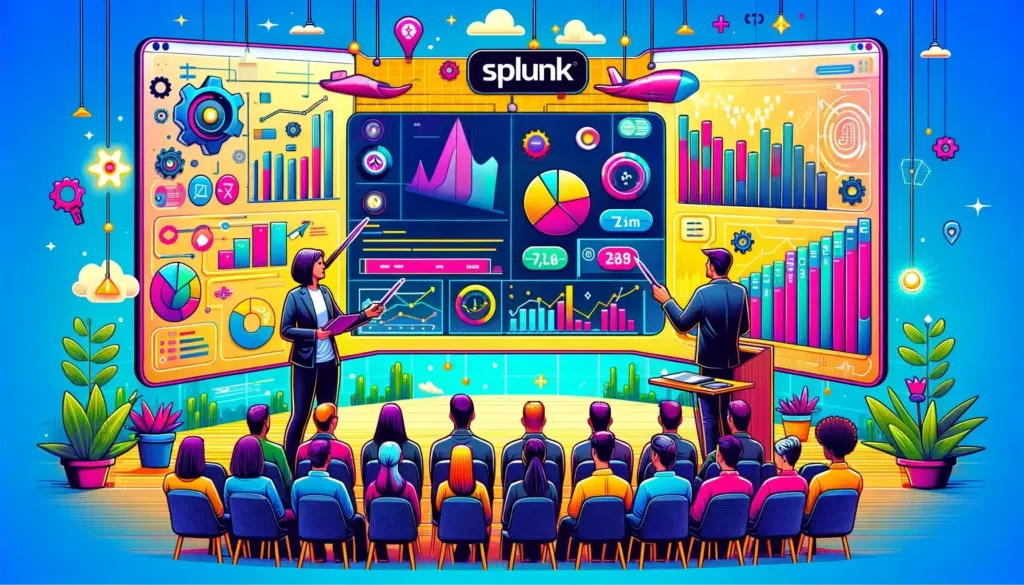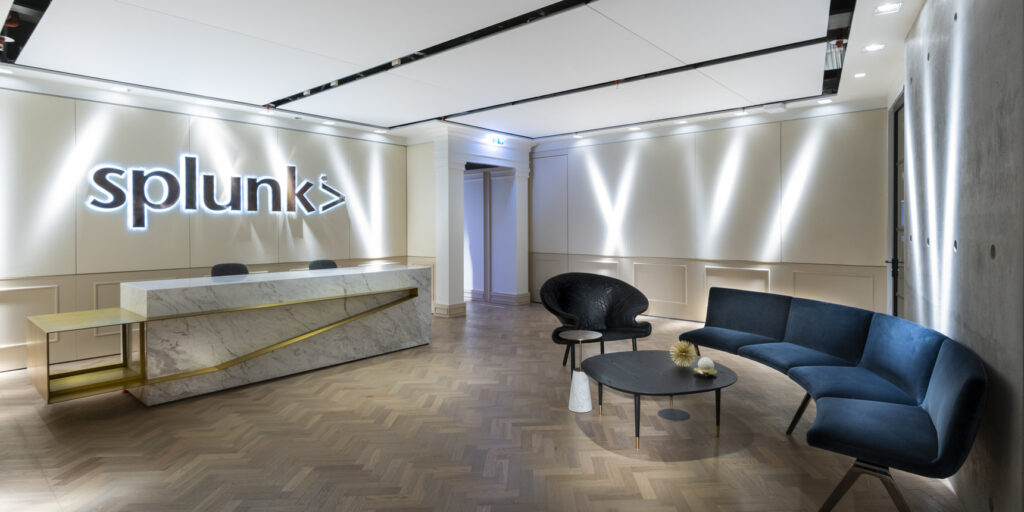Everyone has the potential to thrive in a new job. They just need the right tools and guidance to get there.
At a recent PlusPlus Customer Spotlight, we connected with Ashley Austin and Taylor Bawden from Salesforce’s New Hire Experience Team. They shared insights into Salesforce’s innovative approach to onboarding technical hires, drawing from their extensive experience to outline the keys to successful employee integration.
Decentralizing learning for scale
When Salesforce decided to overhaul its functional onboarding process, Ashley and her team faced the challenge of scalability. Traditional onboarding methods, often centralized and rigid, didn’t work well for a company with thousands of new tech hires scattered globally. Bawden and Austin posit that we are in a new era of technical onboarding which focuses more on customizing onboarding to new hires’ needs, roles, and aspirations, and adding more emphasis on empowering them with crucial skills and knowledge.
“…industry onboarding practices have been evolving over the past few years, maybe a decade, towards approaches that are more customer-centric, so less general, more personalized, productivity-focused,” said Bawden.
Diving into research, they identified six areas to improve their onboarding programs to deliver a more customer-centric (new hire-centric) experience.
- More role clarity
- More targeted training
- More culture & belonging
- More support + mentorship
- More relationship building
- More feedback + communication
In addition to shaping their new content strategy and identifying gaps to fill to create a more customer-centric experience, they also saw an opportunity to improve the whole onboarding process operationally.
“We are really trying to figure out how to create a better story for our new hires and a journey as they continue through our programs,” said Bawden. “Our new hires receive a lot of different information from a lot of different sources…so we want to ensure it’s a smooth and seamless transition from general to our functional onboarding and the continuation of our program.”
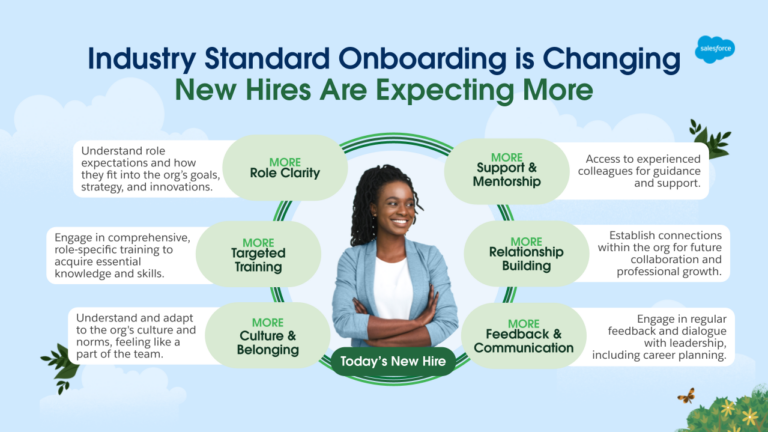
The shift from general to role-specific onboarding
Salesforce’s onboarding journey evolved from a one-size-fits-all approach to a more nuanced, role-specific strategy. This change was crucial for technical roles where specific skills and knowledge bases are essential from the outset. They strategically segmented the onboarding process into seven phases, over a three-month period, which includes different types of learning, including synchronous, blended, and self-paced.
Taylor highlighted how PlusPlus facilitated this transition by providing tools that support blended learning tracks, ensuring that every new hire received training that’s more relevant to their specific job functions and future responsibilities. They also wanted to focus on removing human error and saving time on manual tasks in order to deliver content (live vs asynchronous) to different groups of new hires at any given point.
In a global and engineering-centric company like Salesforce (80% of the entire Technology organization is engineers), understanding and integrating the nuances of different regional needs into the onboarding process is also vital. Austin explained how they use PlusPlus to create localized onboarding experiences that respect cultural differences while maintaining a cohesive learning experience across the company.
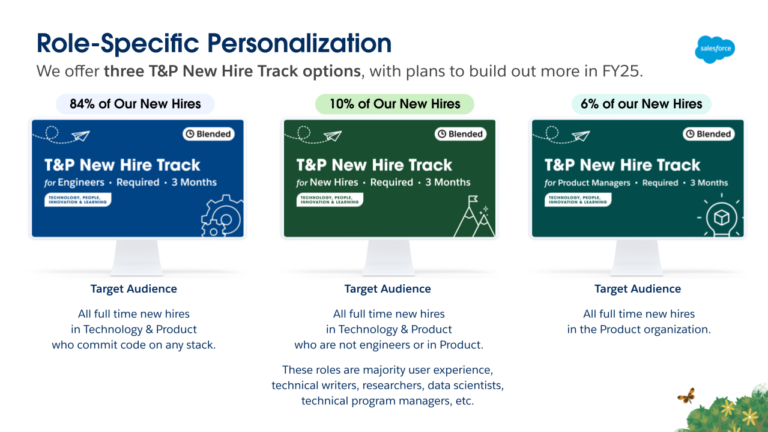
Automation and personalization: A dual approach
One of the standout features of Salesforce’s new system is the use of automation to streamline administrative tasks and personalize learning experiences. This approach not only saves time but also ensures that each new hire’s journey is engaging and informative.
Austin shared how automation within PlusPlus has made it possible to send personalized notifications and content recommendations to new hires, making the onboarding process feel more inclusive and tailored.
“Previously I was using various Google sheets to go through and filter every single option of what roles were included, what regions they were in, what business units needed to be filtered out, what leaders needed to be filtered out, what roles were included in each segment and then manually uploading those,” mentioned Ashley. She then continued to say “But now with the People Segments (a feature within PlusPlus), I’m able to just set those filters in People Segments and then go into our automated rules, get those set up to automatically assign those to the correct tracks. And that has been a massive, massive time save that has probably taken, I don’t know, 6 hours a week off of my manual tasks, to be honest.”
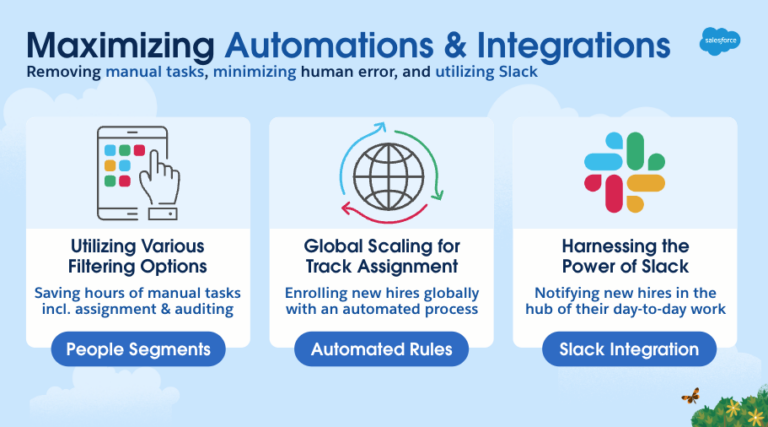
Continuous improvement through feedback
Feedback loops are integral to Salesforce’s strategy. They regularly gather insights from new hires about their onboarding experience, using this data to refine and improve their programs. PlusPlus’s feedback tools enabled them to easily collect and analyze information, ensuring the onboarding process remains aligned with employee needs and expectations.
Looking ahead: The future of onboarding at Salesforce
Both Austin and Bawden are excited about the future of onboarding at Salesforce. With continuous updates and improvements powered by real-time feedback and data analysis, they aim to keep their onboarding process at the cutting edge of effectiveness and efficiency.
The role of PlusPlus in streamlining onboarding
As shown in the session, PlusPlus is a central part of how Salesforce manages and improves their onboarding. Its flexibility and scalability make it an invaluable asset for handling the complex needs of a large, diverse workforce.
Interested in seeing how Salesforce’s onboarding strategy can be applied to your organization, or curious about exploring PlusPlus for your onboarding needs? Watch the full discussion here or visit our product site here for more information.

